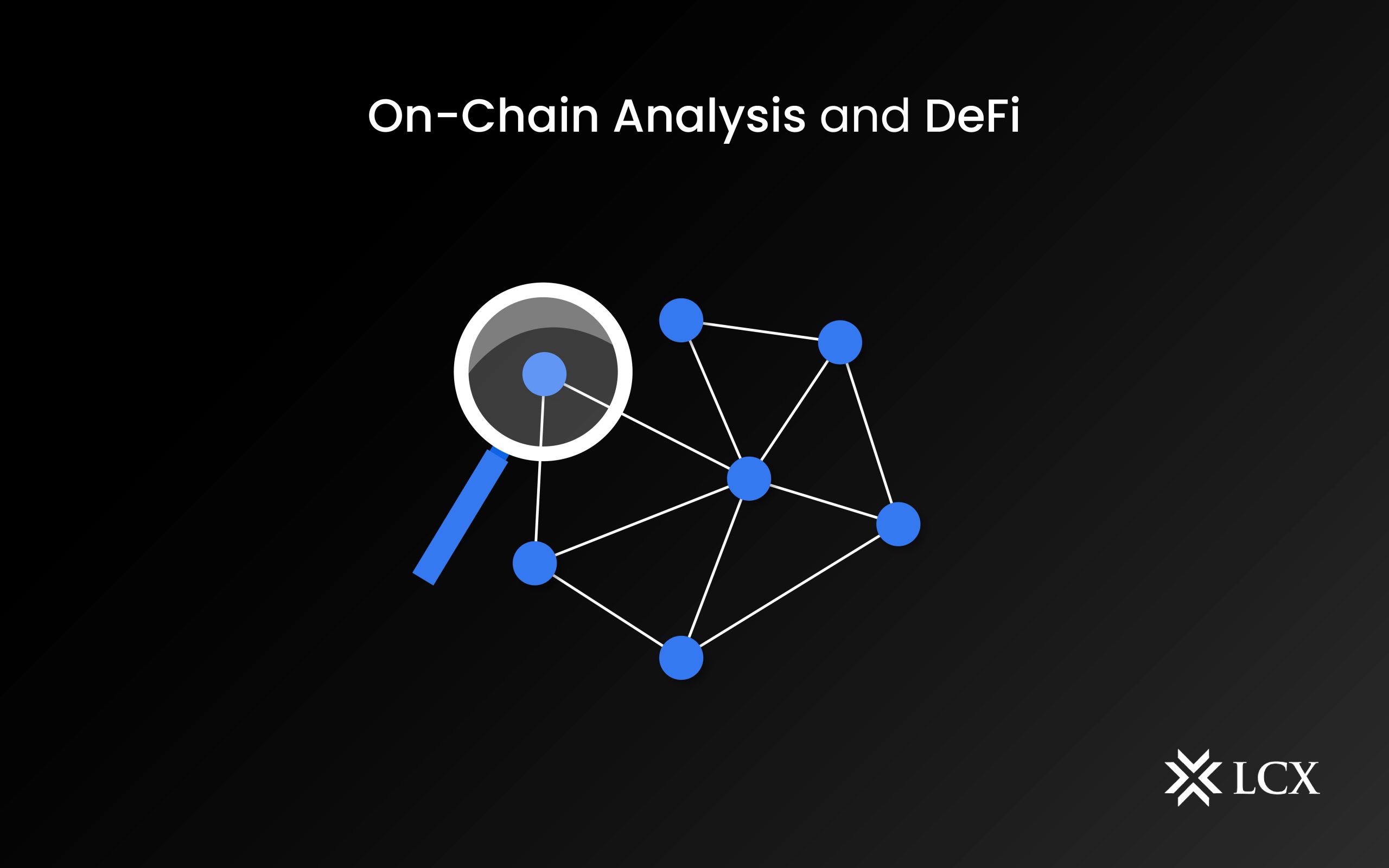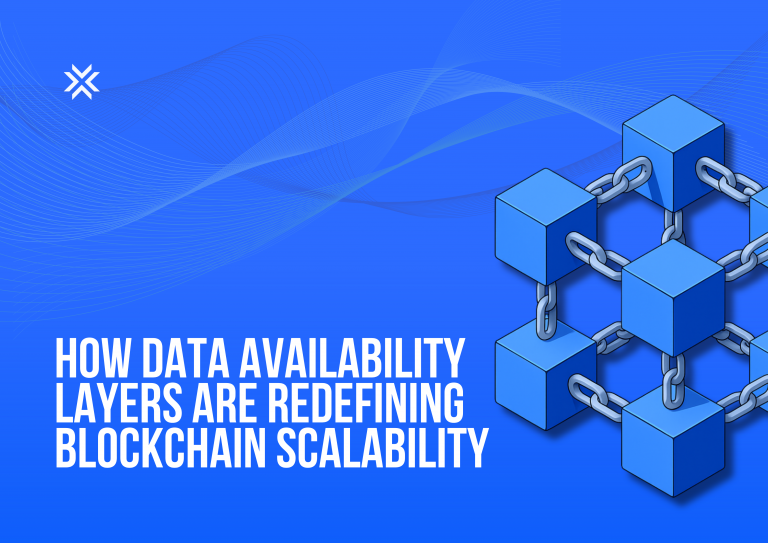On-chain analysis is relatively new in the cryptocurrency domain and aims to help traders improve their trading techniques. By utilizing data found on the public blockchain, on-chain analysts hope to improve their ability to forecast future market movements. These analysts examine blockchain data like transaction information, block information, and smart contract information to obtain important insights.
The transaction details consist of the sending and receiving addresses and the amount sent. Details about a block include timestamps, fees and miner rewards. On-chain analytics analyzes the fundamental code that governs the issuance and smart contract token transfer.
On-chain analysis likely sounds similar to technical analysis to stock traders (technical analysis). Therefore, let’s examine the differences.
Technical Analysis versus On-Chain Analysis
Early cryptocurrency traders brought with them their previous technical analysis tool sets. Currently, price action analysis is widely regarded as the predominant method of technical analysis, including in the cryptocurrency market. Nevertheless, a new sort of analysis is evolving due to the large amount of data available on the blockchain.
Whereas technical analysis monitors price swings, on-chain analytics provides a more holistic view. Analysts can investigate to determine “who,” “what,” and “how.” Simplest terms, this means: Who uses a digital asset? What do they employ? How are they utilizing it?
Consider Bitcoin as an example. User acceptance and miner action can be analyzed with on-chain analytics. This enables them to determine if the market price is reasonable or not. This is merely a single use case. And while proponents of on-chain analysis believe it will entirely supplant technical analysis, others believe it will at the bare minimum complement and expand the role of technical analysis.
So, what does all this have to do with DeFi?
There do not appear to be any current use cases for on-chain analysis using DeFi. Nevertheless, There are some plans to provide stats tailored to DeFi initiatives. So let’s understand a few.
On-chain Metrics for DeFi
DEXs demand liquidity to provide least slippage. Therefore, the appropriate metrics to consider are:
Total Value Locked (TVL)
Liquidity is required for Total Value Locked (TVL) DeFi to function successfully. Therefore, TVL has been a measure of supply. Nevertheless, there are limitations. For example, TVL does not necessarily correlate with an increase in users or adoption. It is possible that the same number of users are supplying more collateral. Moreover, the need for the protocol is less than the desire for rewards. In other words, users may gravitate toward a protocol if it offers more sweets. Not because they enjoy it. This merely motivates behavior in the short run.
Volume (USD and the token)
Token supply is crucial since it measures the amount of tokens in circulation, not just the USD price. As volatile assets, USD prices are subject to extreme fluctuations.
Loans Outstanding
This measure is more significant than TVL. This is because it indicates the service demand for the protocol. For example, the aggregate quantity of loans provided would be relevant to the end-user.
Transactions
The more transactions a protocol has, the more liquid it is. The smoother the deal, the more liquid the protocol.
Conclusion
DeFi is altering the financial landscape. And we are possibly observing the initial steps of a worldwide financial reorganization. DeFi is only beginning to be practical, and expectations are extremely high. There will undoubtedly be setbacks. Even Vitalik Buterin has expressed questions about the viability of liquidity mining incentives. But at its foundation, decentralized finance could transform the conventional finance industry.









